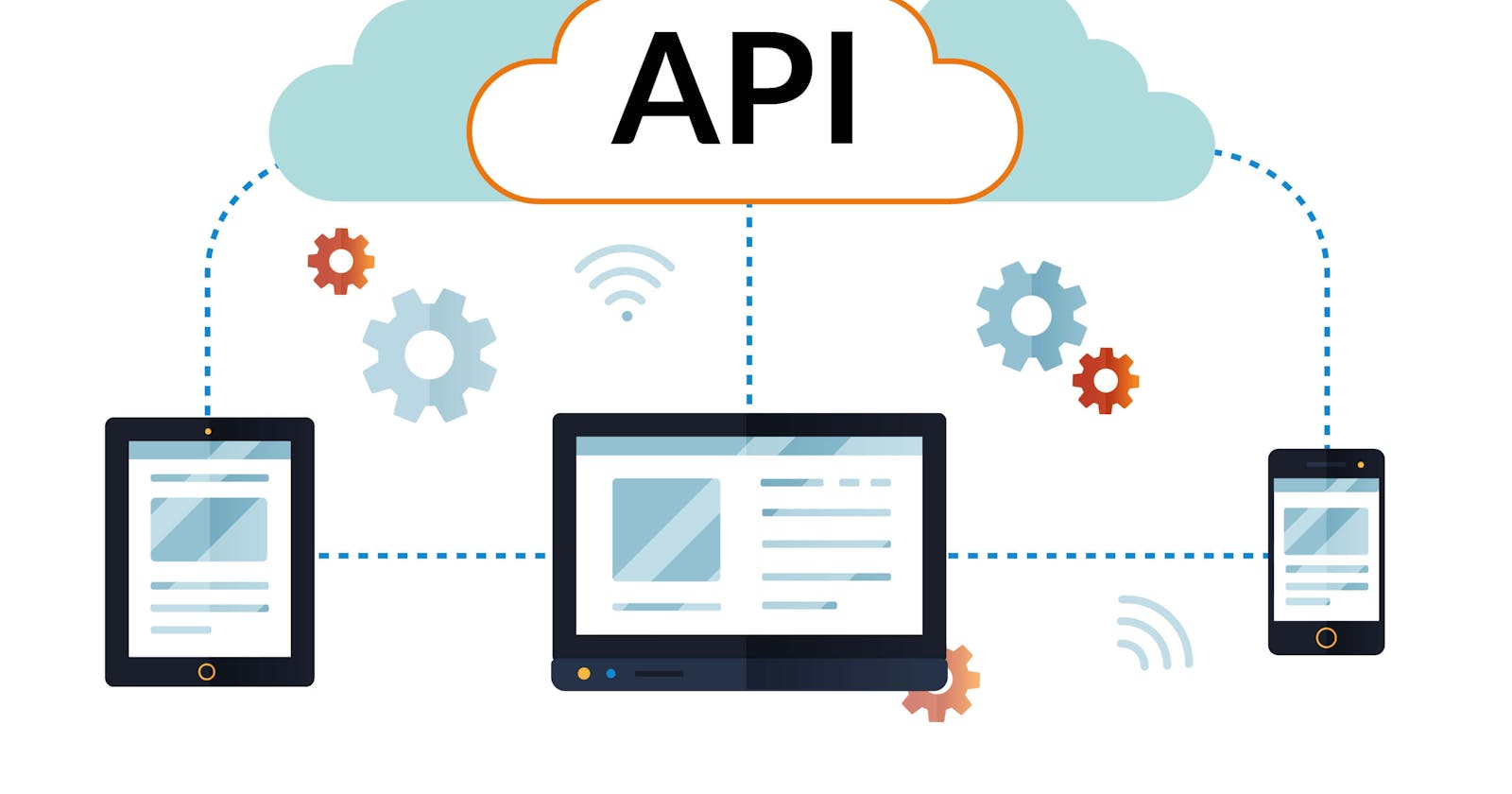Table of contents
- Handling API Specification Changes: Best Practices for Seamless Transitions
Handling API Specification Changes: Best Practices for Seamless Transitions
APIs are the backbone of modern software development, enabling seamless communication and integration between different systems and applications. However, as requirements evolve and technologies advance, it's inevitable that API specifications will need to change over time. Handling these changes effectively is essential to maintaining compatibility, minimizing disruptions, and ensuring a positive experience for consumers of your API. In this article, we'll explore best practices for handling API specification changes and guiding consumers through the transition process.
1. Versioning Strategy
Semantic Versioning
Follow semantic versioning principles (major.minor.patch) to communicate the impact of changes clearly to consumers.
Versioning Mechanism
Decide on a versioning mechanism (e.g., URI versioning, header versioning) that aligns with your API's architecture and communicates version information effectively.
2. Communication
Updated Documentation
Update API documentation to reflect changes accurately, including new features, deprecated endpoints, and modified parameters.
Changelog
Maintain a changelog to document changes between different API versions, providing transparency to consumers about what has been modified, added, or deprecated.
3. Deprecation Management
Deprecation Policy
Establish a clear deprecation policy to inform consumers about endpoints or features that will be removed in future versions.
Deprecation Notices
Provide deprecation notices in API responses, documentation, and changelogs well in advance of removing deprecated features to give consumers time to adapt.
4. Backward Compatibility
Compatibility Assurance
Strive to maintain backward compatibility whenever possible to minimize disruptions for existing consumers.
Compatibility Checks
Perform compatibility checks and regression testing when introducing changes to ensure existing integrations continue to function as expected.
5. Migration Support
Migration Guides
Create comprehensive migration guides or upgrade paths to help consumers transition from older versions to newer ones smoothly.
Code Samples
Include code samples and examples in migration guides to illustrate how to adapt existing code to work with the updated API.
6. API Versioning Support
Versioning Tools
Provide tools and resources to support consumers in managing API versioning, such as SDKs, client libraries, and migration scripts.
Versioning Indicators
Use HTTP headers or other mechanisms to indicate API versioning information in API responses, making it easier for consumers to identify the version they are interacting with.
7. Testing and Monitoring
Thorough Testing
Perform thorough testing of API changes, including functional testing, integration testing, and performance testing, to ensure reliability and stability.
Continuous Monitoring
Monitor API usage, error rates, and performance metrics after deploying changes to detect and address any issues that may arise.
8. Grace Period
Transition Period
Consider providing a grace period after releasing a new API version during which both old and new versions are supported, giving consumers time to migrate without disruptions.
9. Feedback Mechanisms
Consumer Feedback
Establish feedback channels (e.g., developer forums, support tickets) to gather feedback from API consumers and address any concerns or issues promptly.
10. Continuous Improvement
Iterative Development
Embrace iterative development practices to continuously improve the API based on feedback, usage patterns, and evolving requirements.
By following these best practices, you can effectively handle API specification changes, minimize disruptions for consumers, and ensure a smooth transition to new versions of your API. Effective communication, careful planning, and a commitment to supporting consumers throughout the transition process are key to maintaining a successful and thriving API ecosystem.
Conclusion
Handling API specification changes is a critical aspect of maintaining a successful and sustainable API ecosystem. By following best practices such as clear versioning strategies, effective communication, backward compatibility, and comprehensive migration support, you can minimize disruptions for consumers and ensure a smooth transition to new API versions.
Remember, effective communication and transparency are key to building trust with your API consumers. Providing clear documentation, changelogs, and migration guides, along with soliciting feedback and actively addressing concerns, can help foster a positive relationship with your API community.
As you navigate the challenges of API evolution, continue to iterate, improve, and adapt based on feedback and evolving requirements. By prioritizing the needs of your consumers and maintaining a commitment to quality and excellence, you can build a robust and resilient API that serves the needs of your users effectively.
If you found this article helpful or if you're interested in more content on API development, versioning, and best practices, feel free to leave a comment below. Your feedback and suggestions are always welcome!
Also, don't forget to subscribe to our blog newsletter for regular updates and more content on similar topics. Stay informed and stay ahead in the world of API development!
